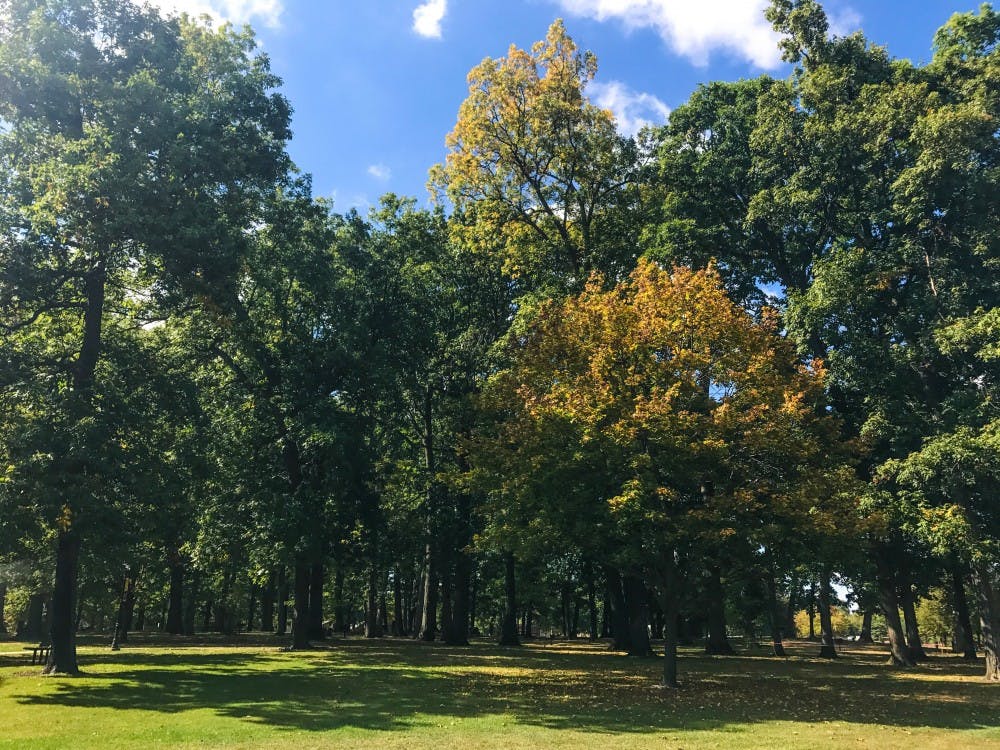The East Lansing Environmental Stewardship Program reaches out to volunteers to restore natural park communities in the area by removing invasive plants and replacing them with native species instead.
Stewardship and Community Events Specialist, Heather Surface, said the program was created as a response to the increasing numbers of invasive plants in the natural areas of East Lansing’s parks, in an email.
Invasive plants is the name for a species that has become a weed pest, which grows aggressively, spreads and displaces other plants.
Surface said these species take over the area that they grow in and crowd out the native ones, which can be detrimental for the wildlife.
“Often times the fruits of the invasive plants are eaten by our wildlife but the nutrients are so limited that they need food again quickly, much like junk food for humans,” Surface said.
Surface said the plants have not been historically found in the area and as such, they do not have any predators or competition.
“Our focus plants are; garlic mustard, buckthorn, dame's rocket and Japanese knotweed,” she said.
MSU associate professor of plant biology Lars Brudvig said the East Lansing area has a variety of parks and some of them are pretty good examples of natural ecosystems.
Brudvig studies natural ecosystems around the U.S and focuses his research on the human activity impact involving natural ecosystems.
Brudvig said invasive plants have a major negative impact on our native natural ecosystems and are very widely recognized as the greatest threat to biodiversity.
“We’ve protected a lot of natural areas across the world, we need to continue doing that. That needs to be our very first priority,” Brudvig said.
He said that in many landscapes, including the ones in the Lansing area, there’s probably going to still be a shortfall in the amount of habitat available for a variety of species.
“By doing restoration we can increase the amount of habitat available,” Brudvig said.
People from the community and university come out to voluntarily help with the removal of the species and according to Surface, the workdays for the Stewardship program focuses mainly on that specific plant removal.
“The true key to the success of the Stewardship Program are the volunteers," Surface said. "In 2016 we had 203 unique volunteers contributing more than 550 hours to the natural area restoration process.”
Brudvig said removing these species is a critical piece of the conservation puzzle and the most important thing we can do as humans is to be out in nature learning what they look like.
“I think this is a really worthwhile effort, and I would encourage anybody interested in our native ecosystems, native plants or just curious about the world around them to get involved with activities like this,” he said.
Support student media!
Please consider donating to The State News and help fund the future of journalism.
Discussion
Share and discuss “East Lansing hopes to restore native natural park systems” on social media.



